How to Neatly Trim Your Horse's Tail Safely
Updated on 04/26/24
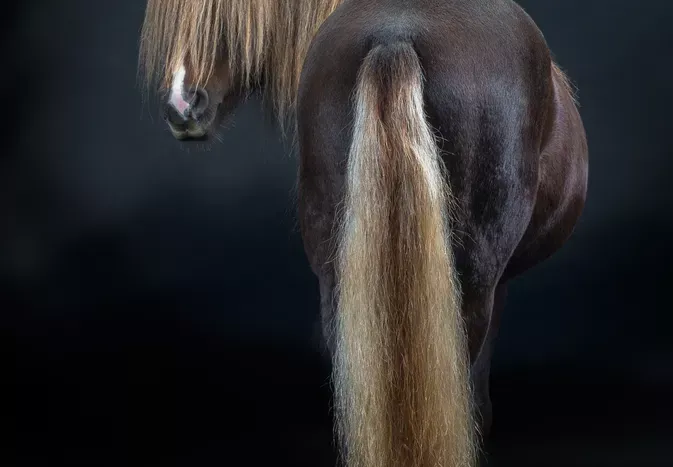
Mastering the Art of Equestrian Grooming: How to Neatly Trim Your Horse's Tail Safely
As horse enthusiasts, we all strive to maintain the health and well-being of our beloved companions. Grooming plays a pivotal role in this endeavor, and one of the most important aspects of grooming is properly trimming your horse's tail. A neatly trimmed tail not only enhances your horse's appearance but also promotes hygiene and comfort.
This comprehensive guide will walk you through the essential steps involved in safely and effectively trimming your horse's tail. By providing detailed instructions, illustrative examples, and safety precautions, we aim to empower you with the knowledge and confidence necessary to tackle this task with precision and care.
Materials You'll Need:
* Sharp scissors (specifically designed for tail trimming)
* Soft brush or comb
* Water bucket or spray bottle
Step-by-Step Instructions:
1. Prepare Your Horse and Environment:
* Before you begin, ensure your horse is calm and relaxed. A quiet and comfortable environment will make the experience more pleasant.
* Use a soft brush or comb to remove any tangles or dirt from the tail.
* Wet the tail slightly with water to make the hair easier to cut.
2. Determine the Desired Length:
* The ideal tail length varies depending on the breed and discipline. Consult with your veterinarian or a professional groomer for guidance.
* Use a yardstick or measuring tape to establish the desired length.
3. Section and Secure the Tail:
* Divide the tail into three or four sections.
* Secure each section with a rubber band or braid to keep them separated.
4. Trim the First Section:
* Hold the first section of the tail firmly.
* Use sharp scissors to trim the hair at the desired length. Cut in small, straight strokes to avoid uneven ends.
5. Trim the Remaining Sections:
* Repeat step 4 for each section of the tail, ensuring that the length and shape are consistent throughout.
6. Blend and Refine:
* Once you have trimmed all the sections, comb through the tail to blend any uneven edges or hair lengths.
* Use a fine-toothed comb to remove any split ends or stray hairs.
7. Final Touches:
* Use a damp cloth or sponge to wipe away any hair clippings or debris.
* Allow the tail to dry naturally or use a hairdryer on a low heat setting.
Examples to Illustrate:
* Trimming a Long Tail: For a long, flowing tail, such as those seen on Thoroughbreds or Morgans, aim for a length that falls just below the hocks.
* Trimming a Medium-Length Tail: For horses used in Western disciplines, such as Quarter Horses or Paints, a medium-length tail will enhance their athleticism. Trim the tail to a length that reaches the middle of the cannon bone.
* Trimming a Short Tail: Short tails, often seen on Draft horses or workhorses, should be kept short and tidy. Trim the tail to a length of about 6-10 inches.
Safety Precautions:
* Always use sharp scissors to avoid pulling or tearing the hair.
* Never cut against the grain of the hair, as this can lead to split ends.
* Be mindful of your horse's body language. If they become uncomfortable or agitated, stop trimming and give them a break.
* Avoid cutting too close to the skin or the dock of the tail.
Benefits of Properly Trimming Your Horse's Tail:
* Hygiene: A neatly trimmed tail keeps it clean and free from debris, preventing mats and tangles.
* Comfort: A well-trimmed tail prevents the hair from rubbing against the legs or hindquarters, reducing irritation and discomfort.
* Health: Trimming eliminates any damaged or split ends, which can promote hair growth and overall tail health.
* Appearance: A well-groomed tail enhances your horse's overall appearance and professionalism, making it a source of pride for both you and your equine partner.
Conclusion:
Trimming your horse's tail may seem like a daunting task, but with the right tools, knowledge, and safety precautions, it can be a rewarding experience. By following the detailed steps outlined in this guide, you can confidently execute this grooming task, ensuring your horse's tail is neatly trimmed, healthy, and a reflection of your dedication to their well-being. Remember, a well-groomed horse is a happy and healthy horse, and their tail is an integral part of their overall presentation.
Explore More Pets

Pony Breeds
The Difference Between Horses and Ponies

Horse Diseases & Conditions
What Do I Do If My Horse Colics?
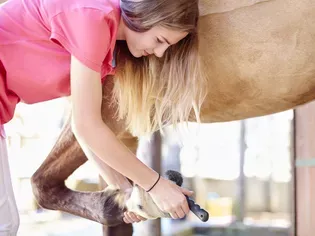
Pony Breeds
Horse and Pony Care by the Day, Week, Month and Year
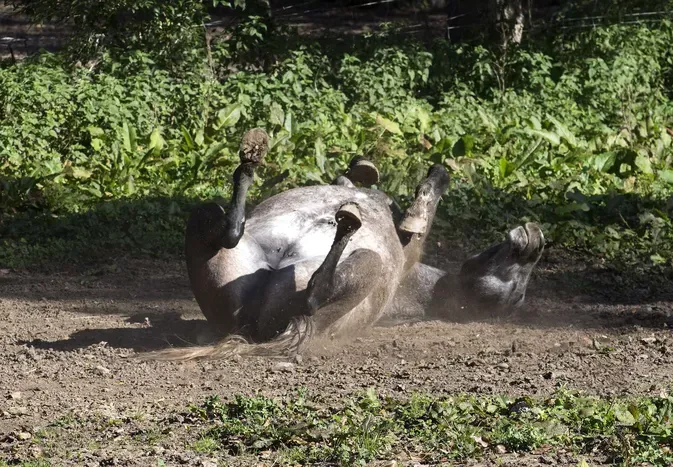
Horse Grooming
Mange in Horses
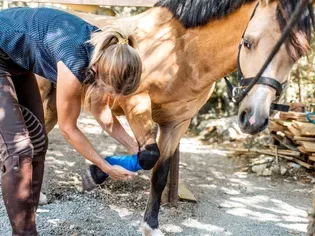
Horse Diseases & Conditions
Grease Heel in Horses
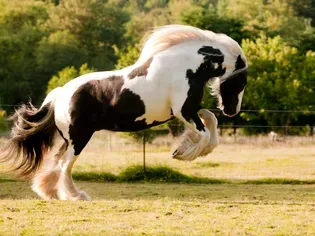
Light Horse Breeds
Gypsy Vanner Horse Breed Profile
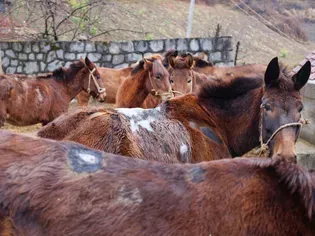
Horse Diseases & Conditions
Girth Galls and Saddle Sores
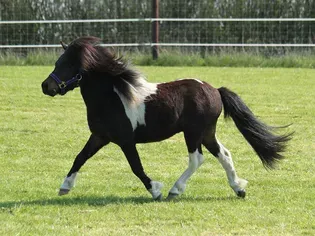
Pony Breeds
Shetland Pony Breed Profile